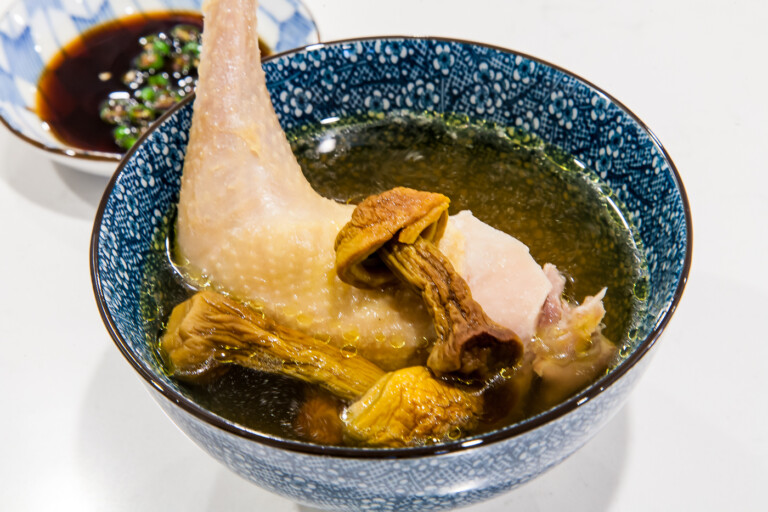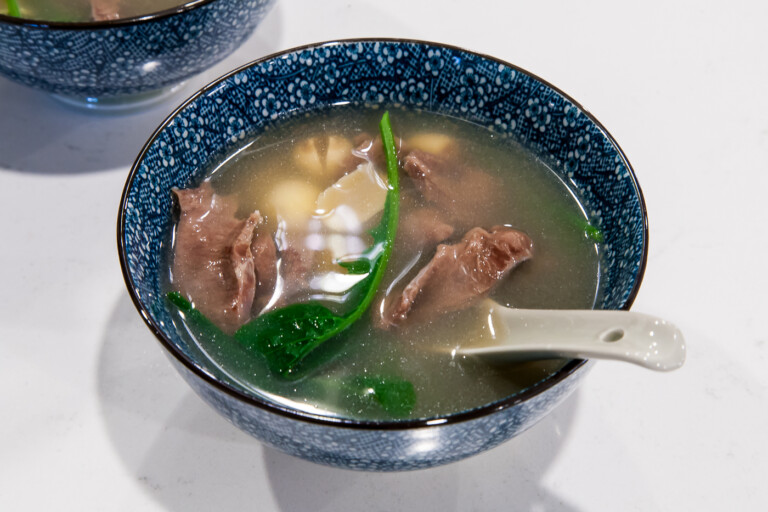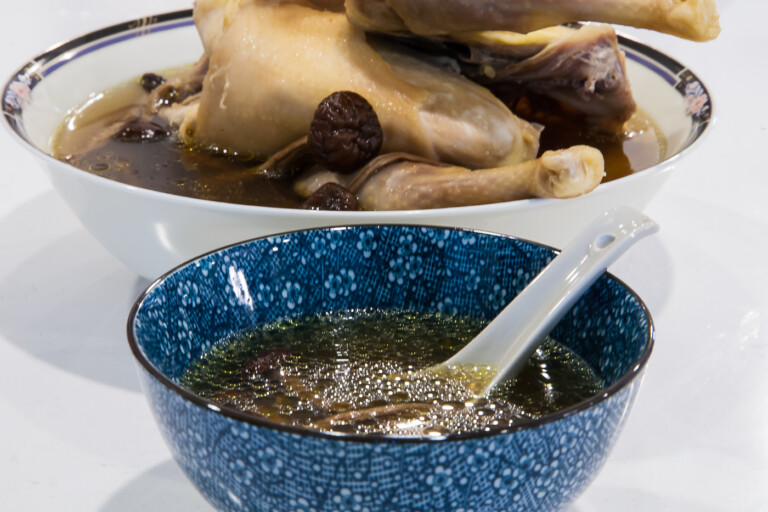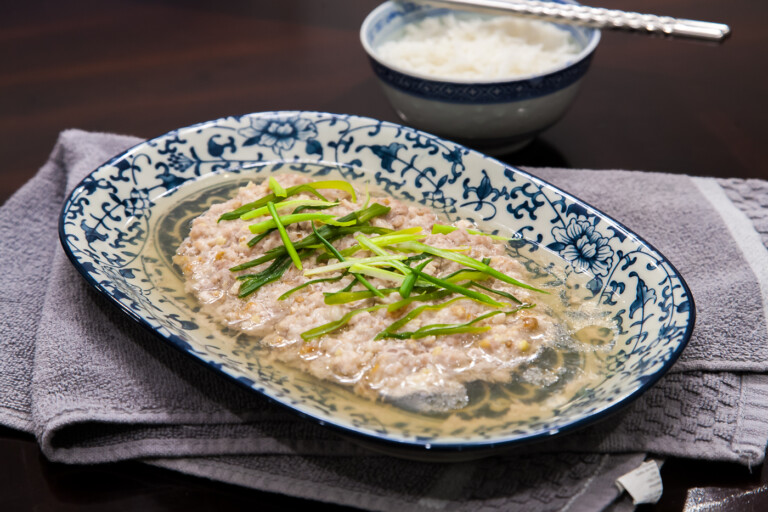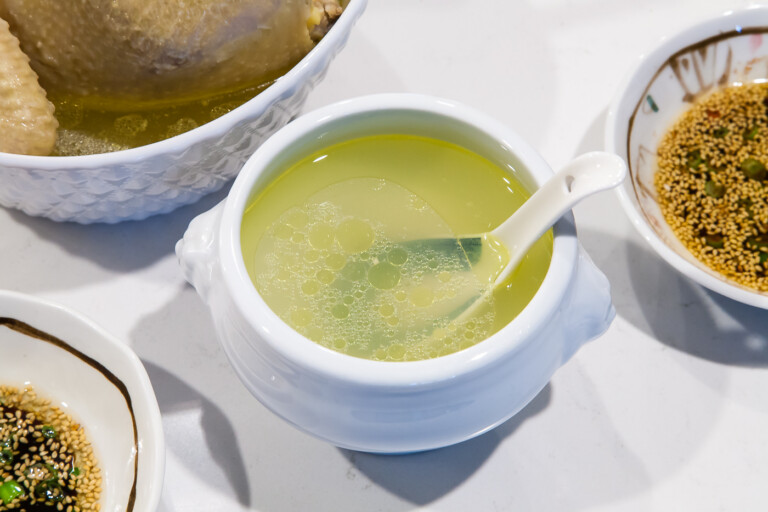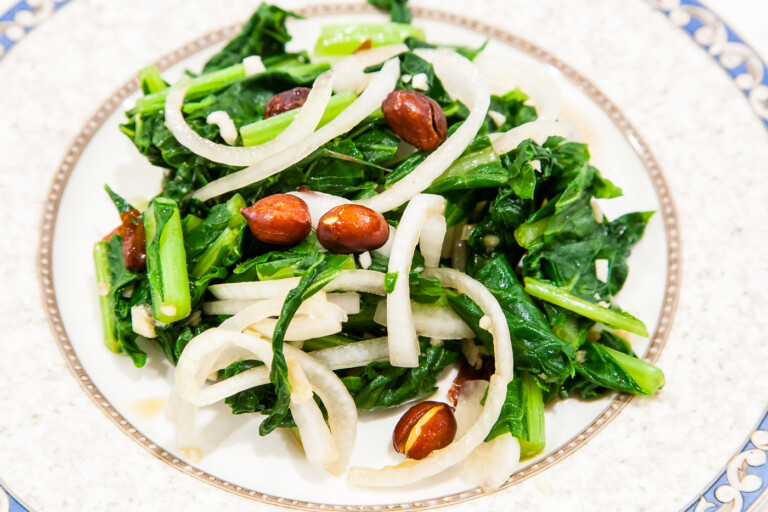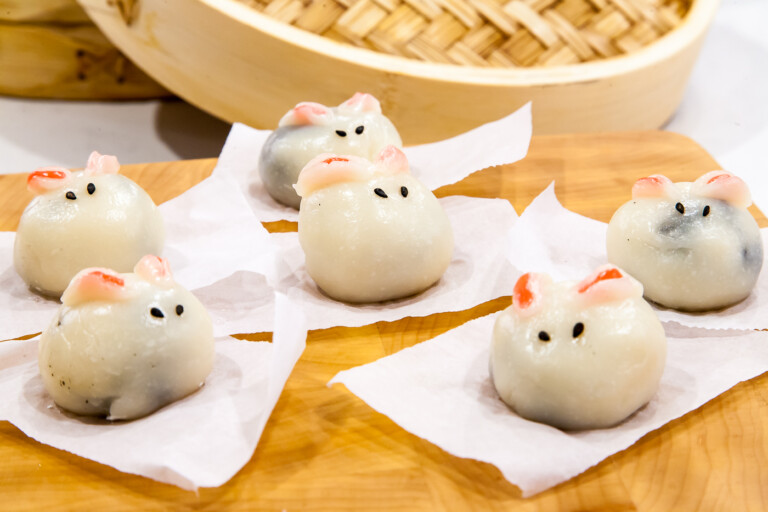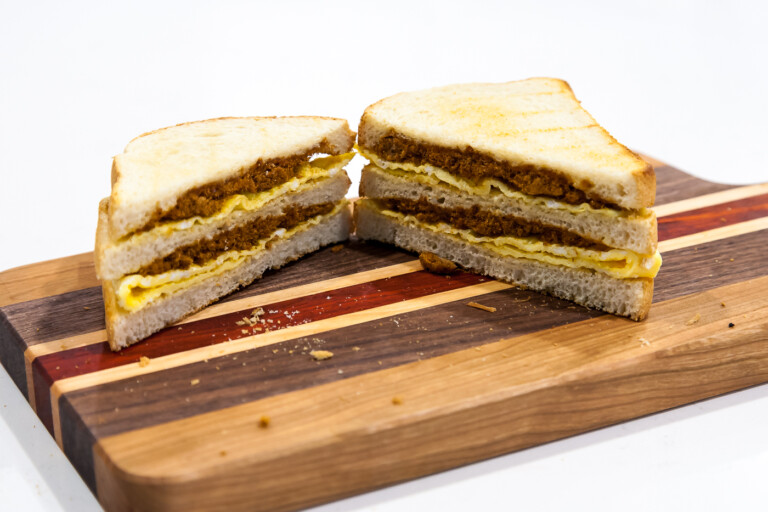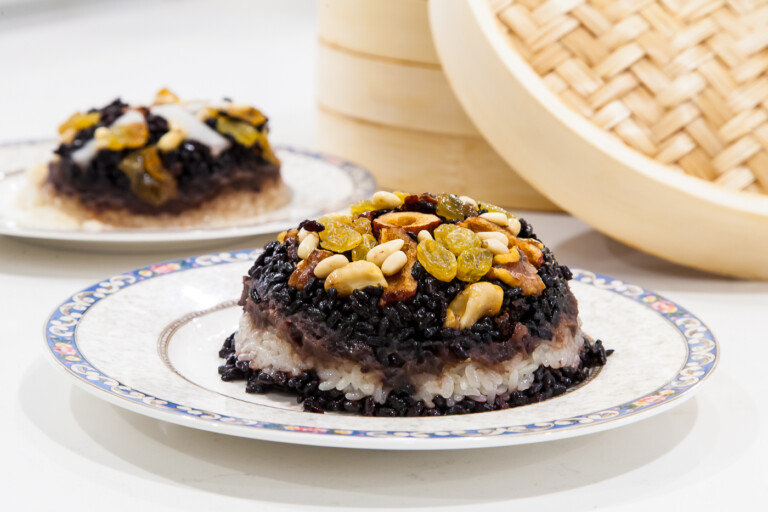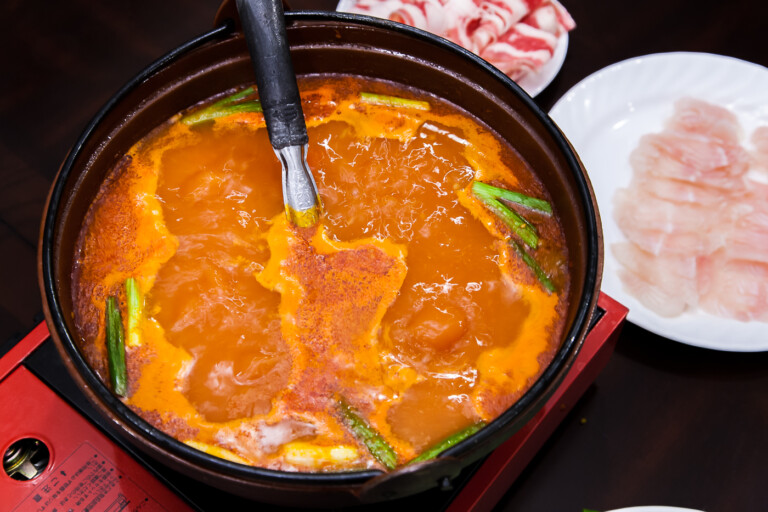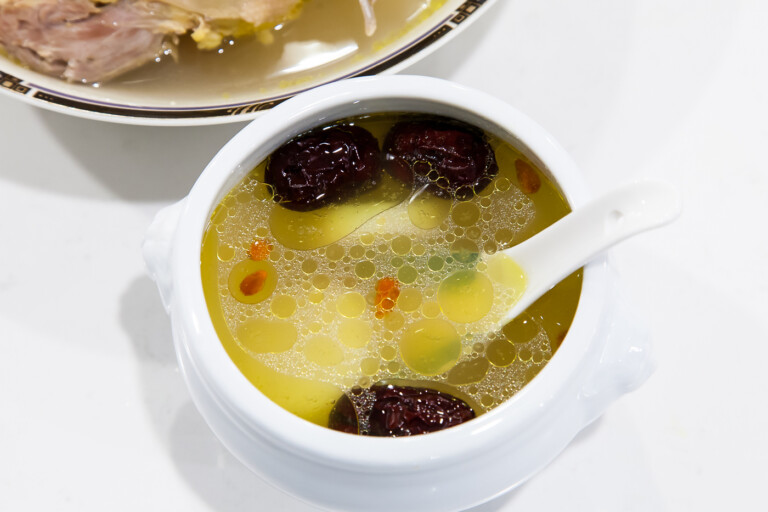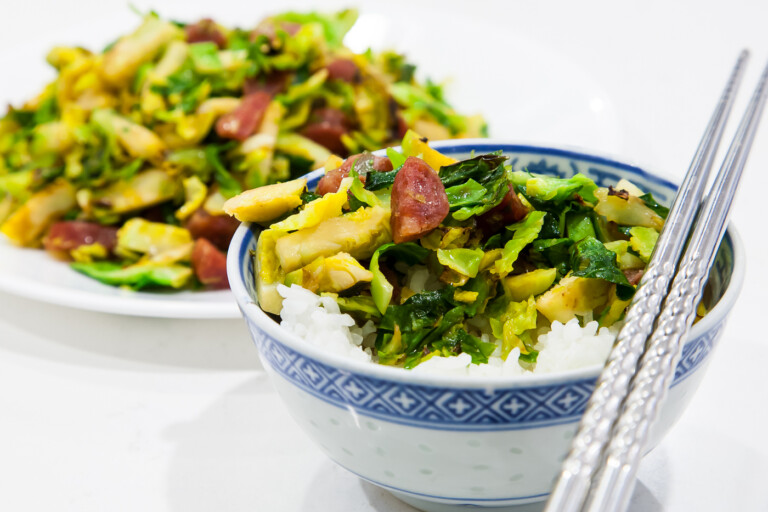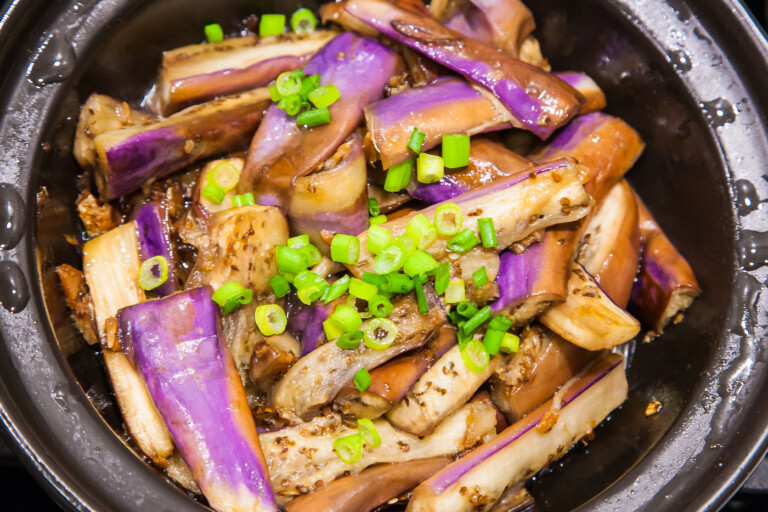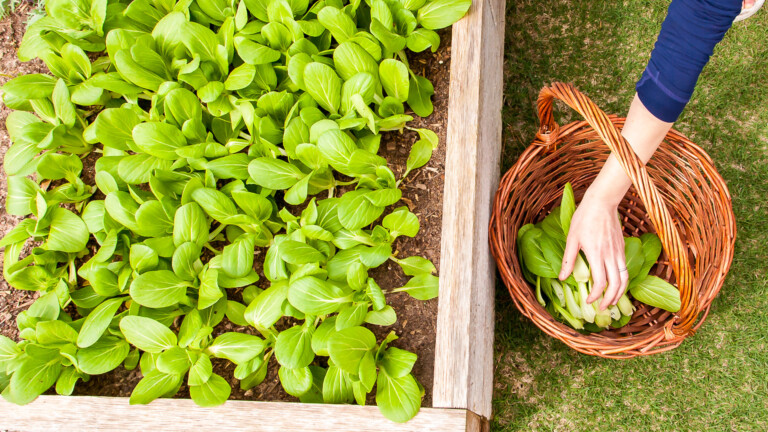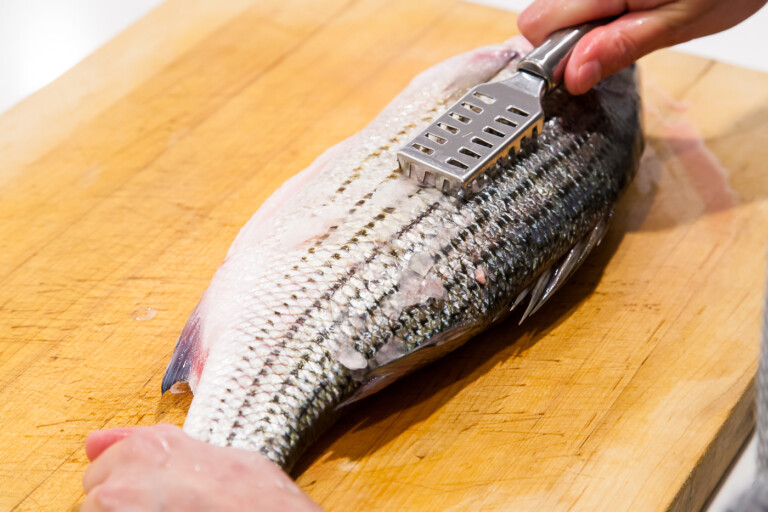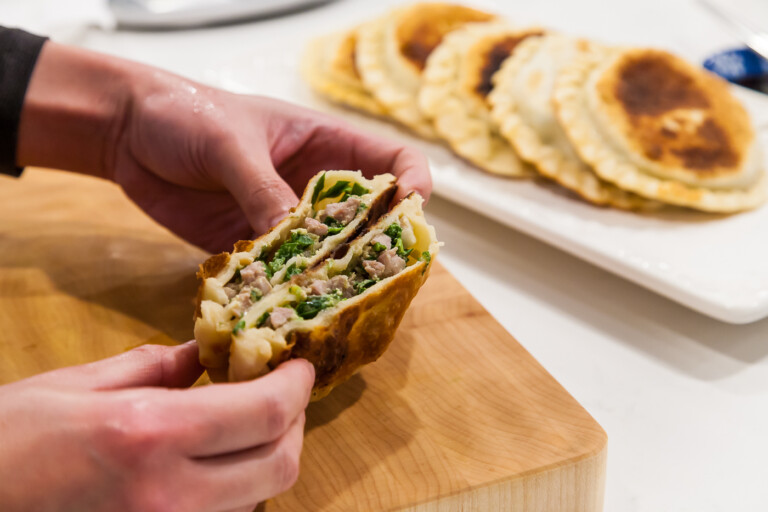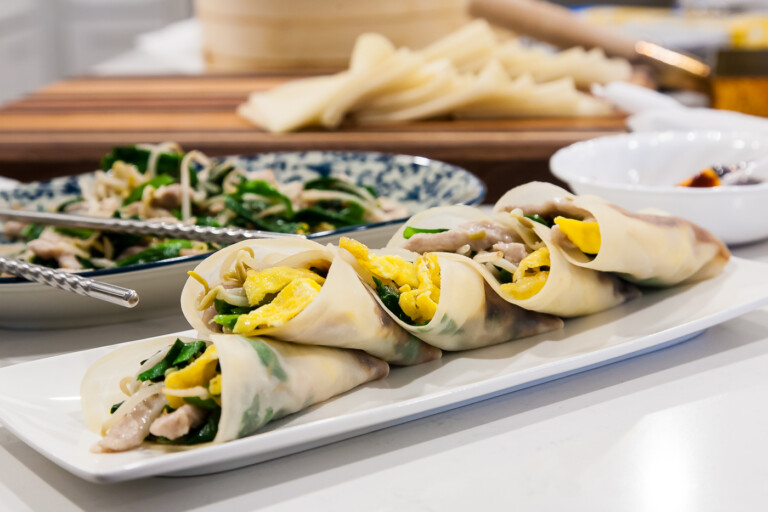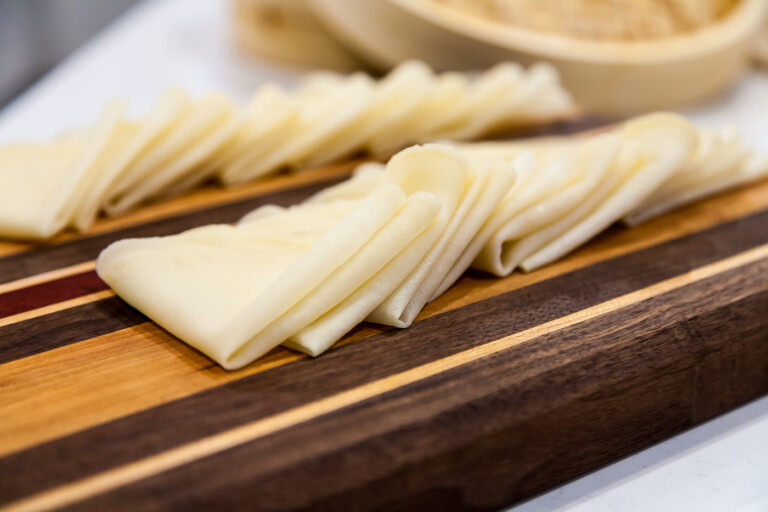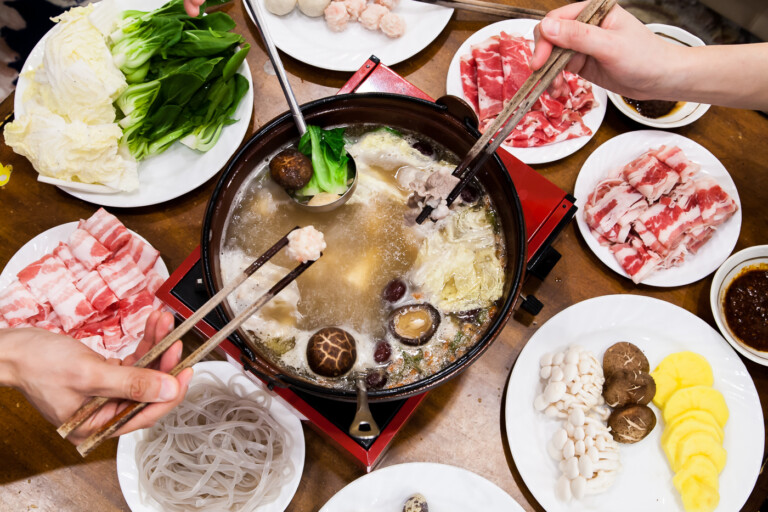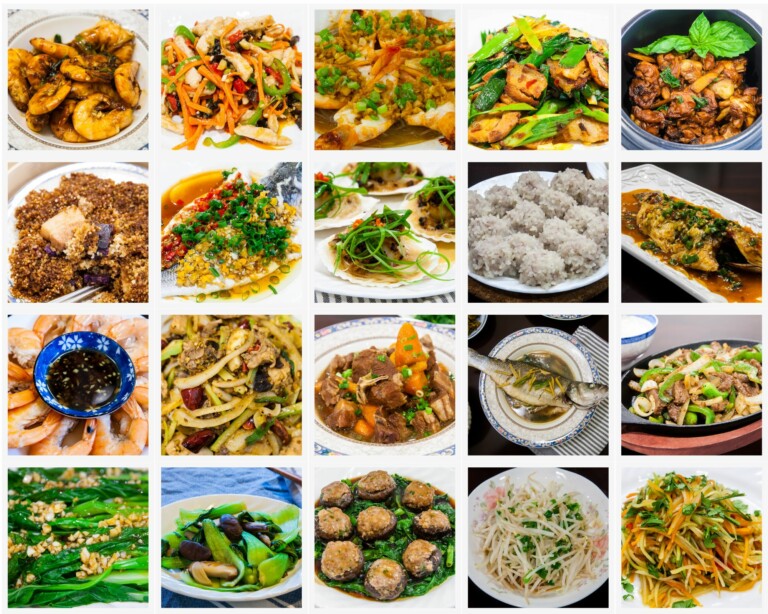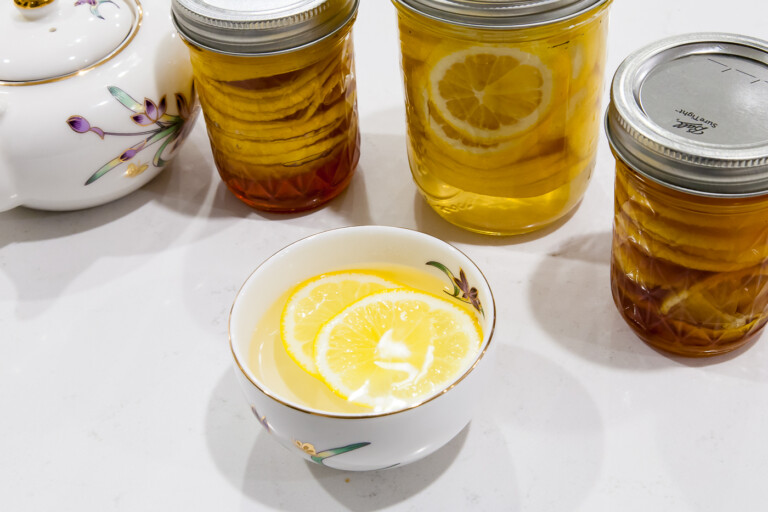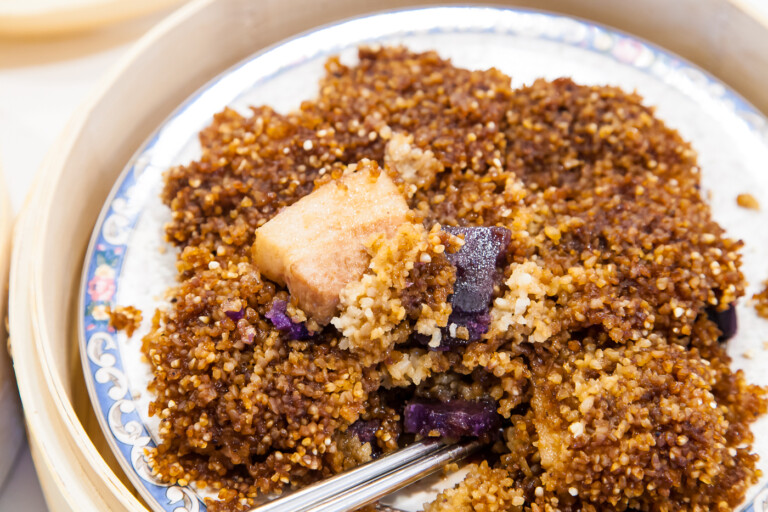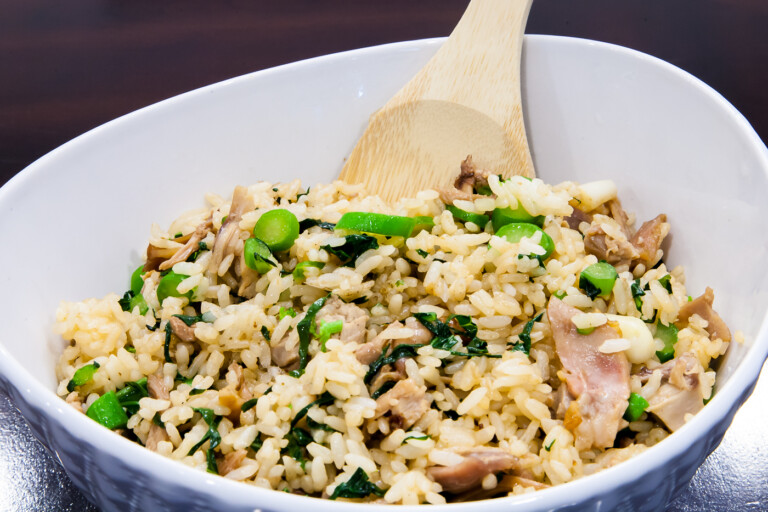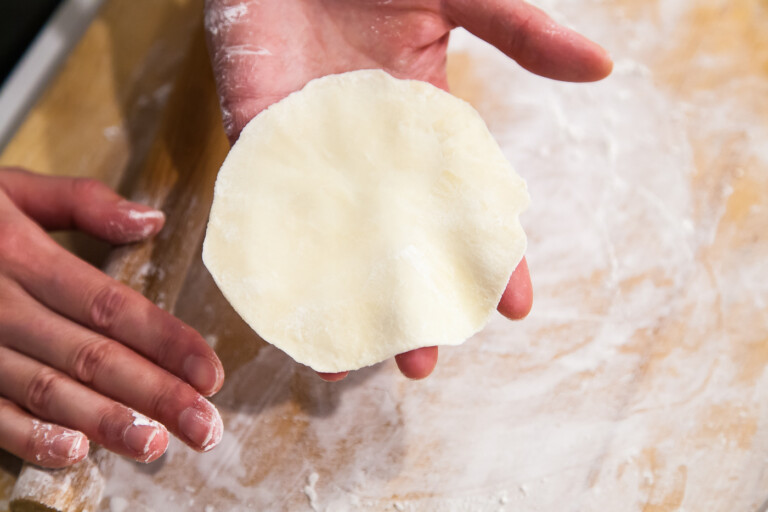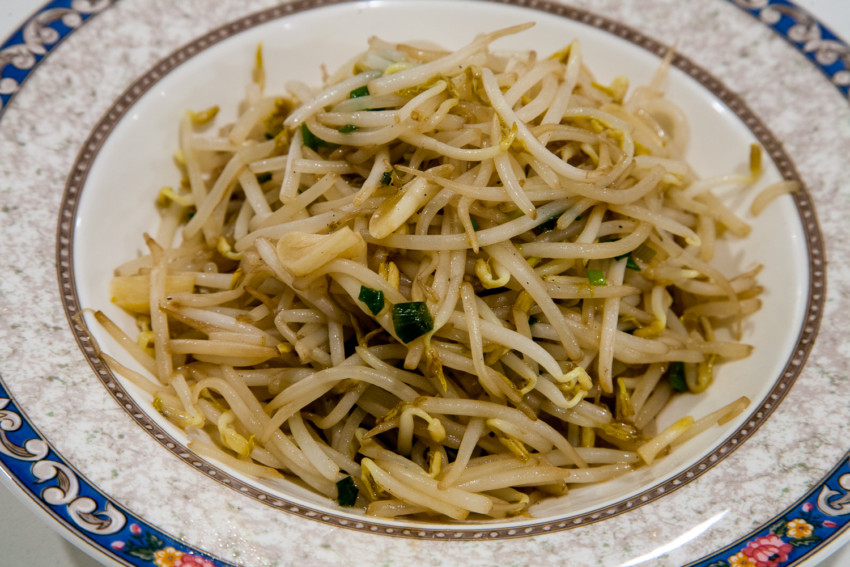
Stirfry Mung Bean Sprouts (清炒绿豆芽 Qing Chao Lü Dou Ya)
February 20, 2021 Print
What a roller coaster ride these past few days have been. Thanks to historic snow storms and the state of Texas’s electricity system, we experienced a straight 34-hour power outage and several subsequent rolling outages while the weather outside was mostly sub-freezing. Electricity, which I definitely took for granted, all of a sudden became a luxury.
At least we came through the power outages unscathed. And I think we were pretty lucky compared to some other fellow Texans who endured much longer outages in freezing homes, had burst water pipes, had ceilings falling down, or had rooms flooded with frozen water.
In terms of food, we were definitely prepared. Because of Chinese New Year, I had made so much food over the weekend. So we still had a few leftover dishes in the fridge. Our whole family ate dinner under a single candle’s light. My husband joked that it was quite romantic and reminded him of those hole-in-the-wall restaurants in the East Village with purposefully dark ambient lighting. We particularly enjoyed those when we were students in New York City. We devoured the red braised meat (红烧肉) that I made for Chinese New Year and some stirfry baby bok choy in no time.
Thankfully, the power returned on Tuesday. During the holiday season, we consume quite a few of meaty and heavy dishes (traditionally, the Chinese New Year celebration starts on New Year’s Eve and lasts to the 15th of January on the lunar calendar). So this stirfry mung bean sprouts dish, along with Baby Bok Choy with Shiitake Mushroom, Chinese Steamed Eggplant With Garlic, Steamed Okra with Garlic, and Sautéed Broccoli With Minced Garlic, is one of our go-to vegetarian dishes that we use to balance the meatiness on our holiday tables.
These crunchy, refreshing stirfry mung bean sprouts are not only great to eat along with any meaty dish, but they can also be a topping for porridge and noodles. They are super easy to cook. They are also a common food item during Chinese New Year due to their good fortune symbolic meaning in Chinese culture.
When it comes to bean sprouts, there are usually two types, soy bean sprouts and mung bean sprouts. I personally prefer mung bean sprouts, due to their shorter cook time. But they taste similar and contain the same types of nutrients.
The mung bean sprouts cook under high heat very quickly. I normally don’t like to use the highest level of heat, as the majority of my dishes require only medium-high heat. But this dish is an exception. So why the high heat for mung bean sprouts? High heat allows the mung bean sprouts to be cooked without releasing much water so the sprouts stay crisp. Vinegar needs to be added at the very end so as to not overpower the dish, and to inject it with just the right amount of fragrance and refreshing taste.
Gluten Free, VEGAN
Preparation Time: 10 minutes
Total Time: 15 minutes
Servings: 2-4 people
Ingredients:
- 1lb (~450g) mung bean sprouts
- 2 green onions
- 2 garlic cloves
- 1 tablespoon vegetable oil
- 1/2 teaspoon kosher salt
- 1 tablespoon balsamic vinegar1
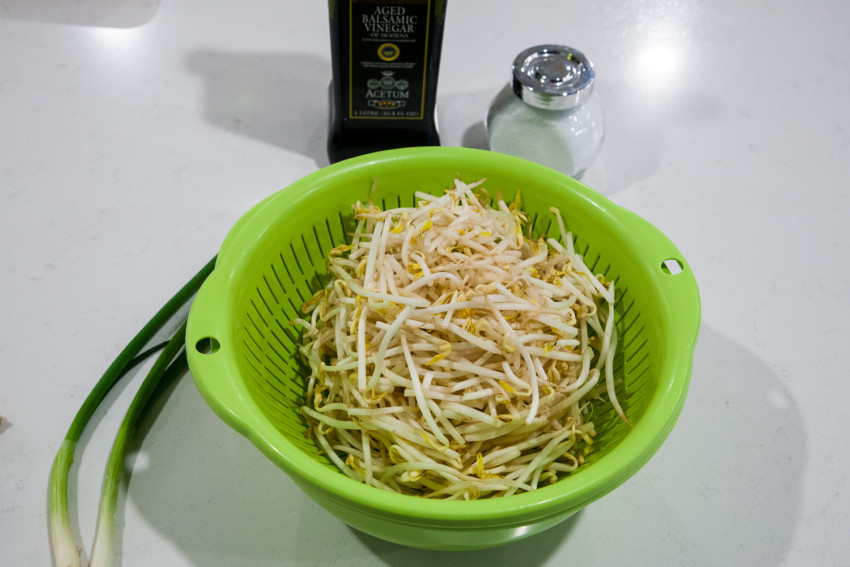
Preparation:
- Clean the mung bean sprouts by immersing them in cold water. Use your hands to stir the water a few times. This allows any remaining mung bean shells to detach from the sprouts.2 Rinse a few times to rid them of any tips and shells. Drain the mung bean sprouts well.
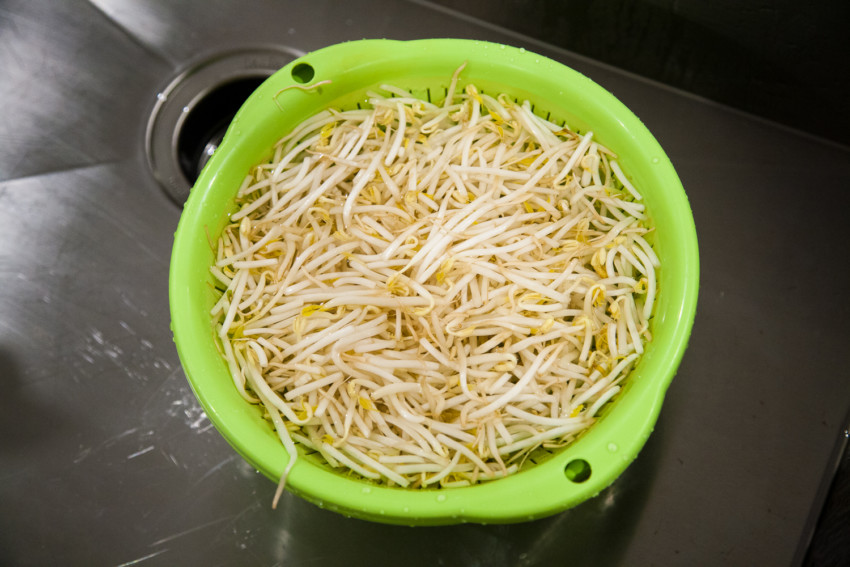
- Slice the green onions and peeled garlic cloves into thin pieces.
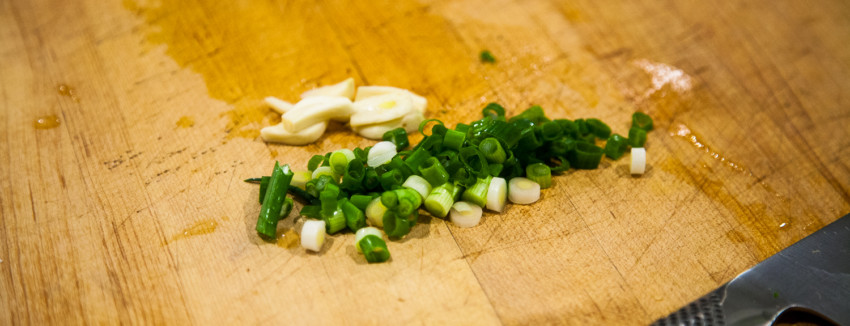
- Heat a wok or cast iron skillet under high heat. When hot, add the 1 tablespoon of vegetable oil. Then immediately add the green onion and garlic slices, stirring for 10 seconds. Add the cleaned and drained mung bean sprouts to the pot, stirring and tossing quickly.
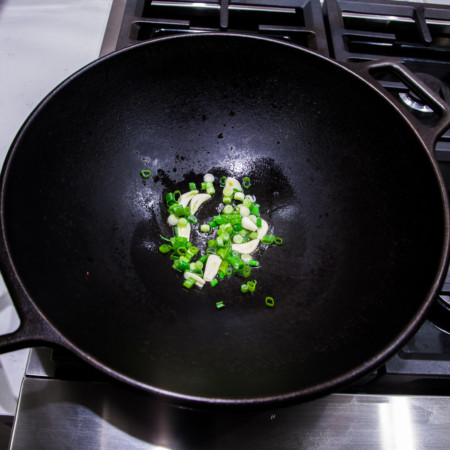
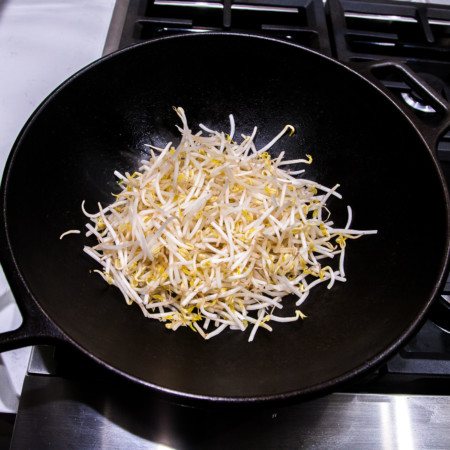
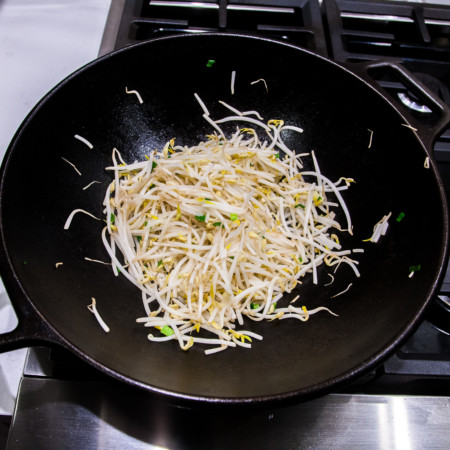
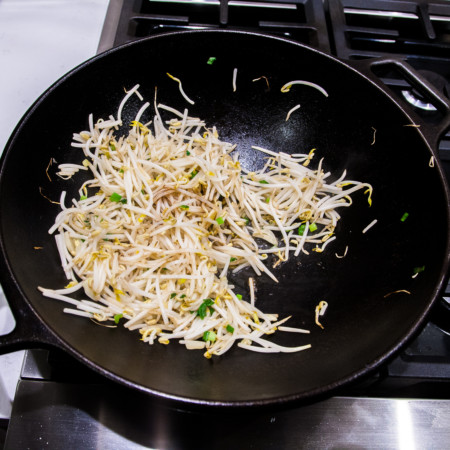
- Continue stirring and tossing often until the sprouts change from solid ivory/white color to semi-transparent, about 2 minutes in total. Right before turning off the heat, add the 1/2 teaspoon of kosher salt, and 1 tablespoon of balsamic vinegar, stirring to combine. Turn off the heat and immediately transfer the mung bean sprouts to a plate to avoid losing any excess water from the sprouts.
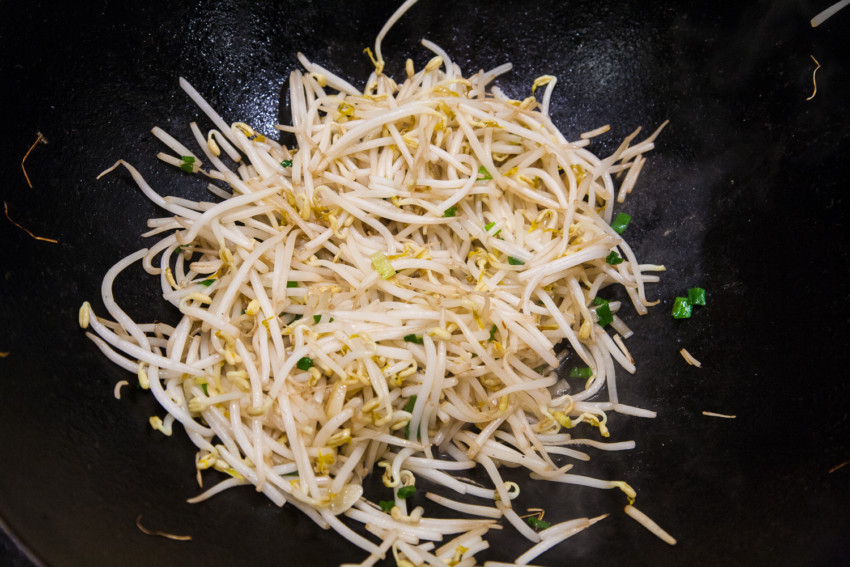

Bon Appétit
Notes:
- I used to use Chinese black vinegar along with a little bit of sugar (1/4 teaspoon to be precise). But I find balsamic vinegar perfect for this recipe. The result tastes the same and I don’t have to prepare sugar for it.
- The mung bean shells have a slightly bitter taste. It doesn’t bother me but I tend to remove them in general unless I am short on time.


